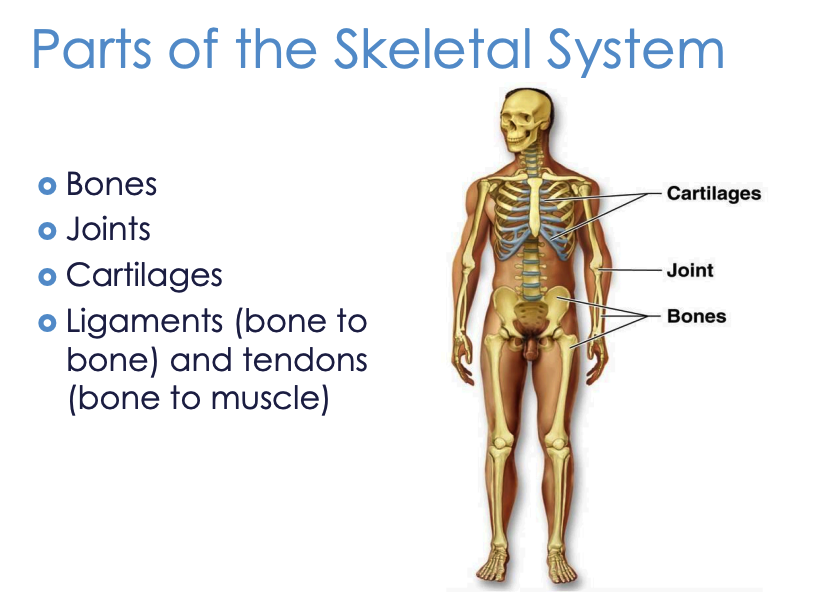Skeletal System Notes
Summary:
The skeletal system is a complex structure that comprises bones, joints, cartilage, ligaments, and tendons. It serves multiple essential functions in the human body. Firstly, it enables movement by providing a framework for muscles to attach and exert force. Without the skeletal system, we would not be able to perform basic activities like walking, running, or even grasping objects. Secondly, it supports the body, maintaining its shape and preventing it from collapsing under its own weight. The skeleton is a structural scaffold that holds our body upright and provides stability.
Another crucial role of the skeletal system is protection. It safeguards vital organs such as the brain, heart, and lungs by enclosing them within sturdy bone structures. For example, the skull protects the brain, the rib cage shields the heart and lungs, and the vertebral column surrounds and supports the spinal cord. Additionally, the skeletal system plays a significant role in hematopoiesis, the process of producing blood cells. Red bone marrow, found within certain bones, generates red blood cells, white blood cells, and platelets, essential for oxygen transport, immune function, and blood clotting.
The skeletal system also acts as a mineral reservoir, storing minerals such as calcium and phosphorus. These minerals are critical for various bodily functions, including nerve transmission, muscle contraction, and maintaining the health of teeth and bones. When the body needs these minerals, the skeletal system releases them into the bloodstream.
The skeleton is divided into two major parts: the axial skeleton and the appendicular skeleton. The axial skeleton consists of the skull, vertebral column, ribs, and sternum. It provides support and protection for the central axis of the body.
Excerpt:
Skeletal System Notes
Parts of the Skeletal System
- Bones
- Joints
- Cartilages
- Ligaments (bone to bone) and tendons (bone to muscle)
Functions of the Skeletal System
1. Movement
2. Support
3. Protection
4. Make blood cells
5. Store minerals
2 Major Parts of Skeleton
1. Axial Skeleton
Includes skull, spine, ribs, sternum
2. Appendicular Skeleton
Includes appendages of the body (shoulders, arms, hips, and legs)
Bones
- The adult skeleton has 206 bones
- Two basic types of bone tissue:
- 1. Compact bone- dense throughout
- 2. Spongy bone- many open spaces


Reviews